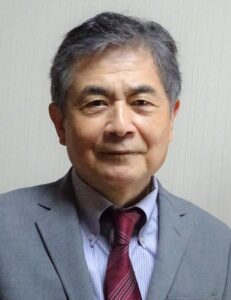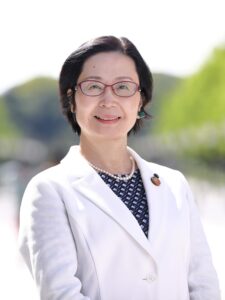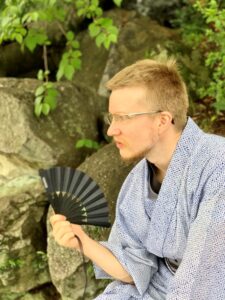Attractions
The 18th Asia-Pacific Conference on Giftedness (APCG)
Special Scenic Spot “Ritsurin Garden”
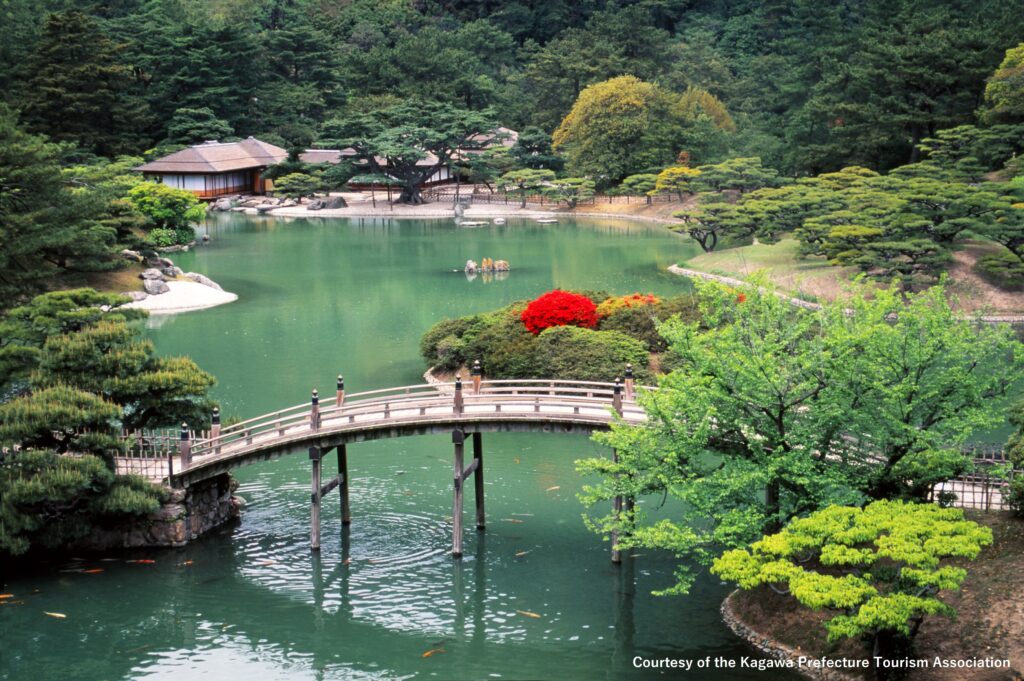
Ritsurin Garden is a circuit style daimyo garden with the largest area among the gardens designated as special scenic spots of the country.
This villa was built over a long period of time by successive feudal lords of the Matsudaira Domain, which ruled Takamatsu during the Edo period for 228 years.
The garden is cleverly arranged with ponds and artificial hills, and the beauty of the garden is said to be “you can see a view with every step”.
Historic Takamatsu Castle Ruins Tamamo Park
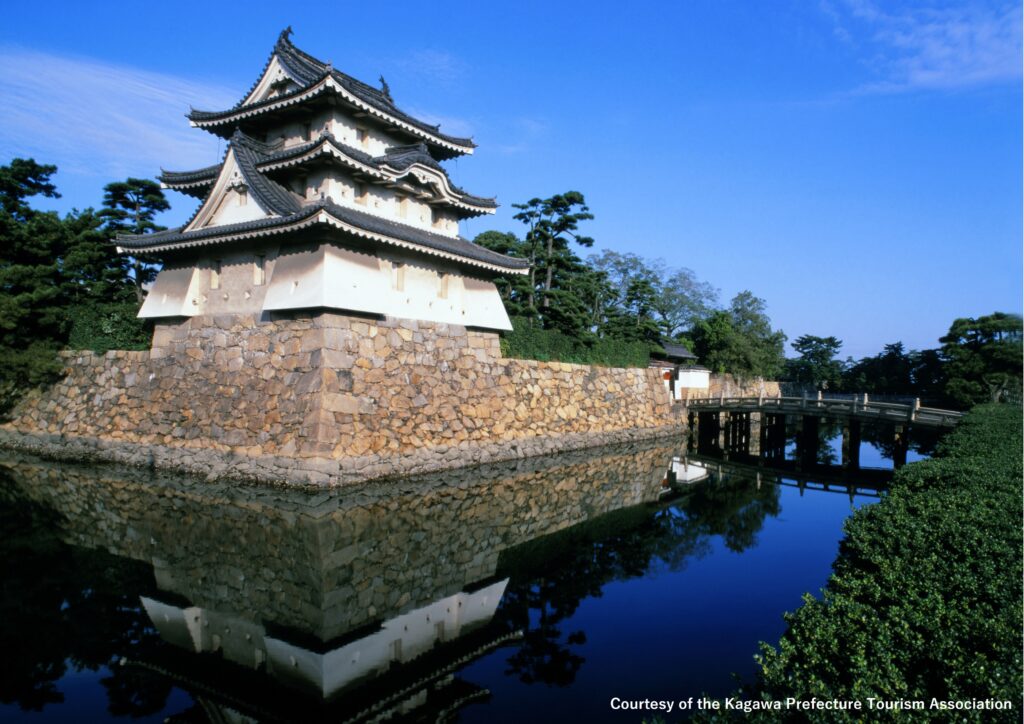
Takamatsu Castle, which was once the castle of the Matsudaira family, is now open to the public as the Historic Site of Takamatsu Castle Ruins Tamamo Park and is a popular tourist spot.
It is also famous as one of Japan’s 100 famous castles.
The castle tower no longer exists, but the site is now an observation deck, and you can enjoy the view from the castle tower from the Edo period.
The three-storied Tsukimi Yagura was named after the feudal lord who waited for the arrival of the returning ship.
Yashima
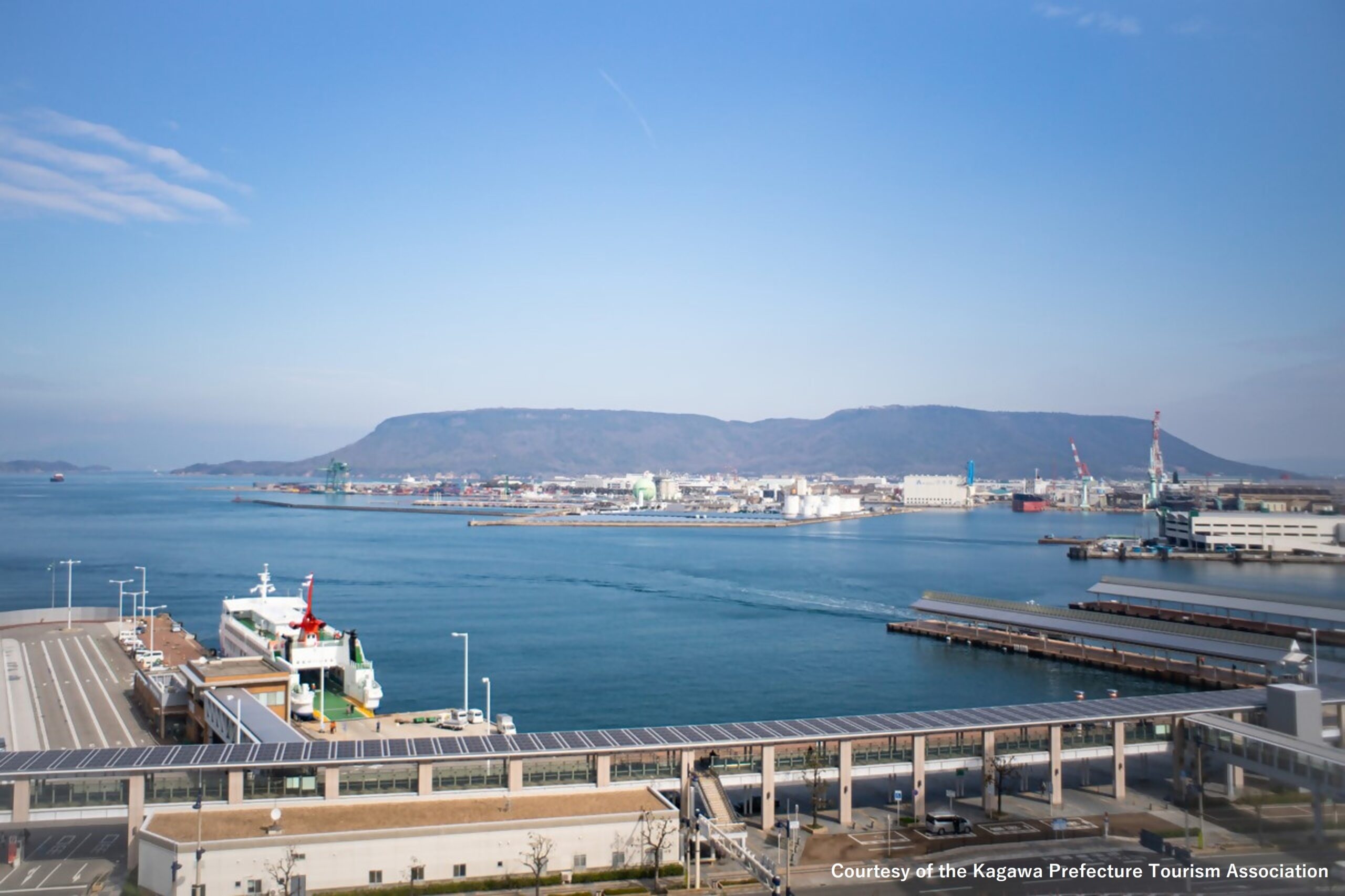
Yashima has a unique shape like a straight roof that is unforgettable once you see it.
From the top of the mountain, you can see the city of Takamatsu City, the Sanuki Mountains to the south, and the islands floating in the Seto Inland Sea.
The Yashima area is designated as Setonaikai National Park, as well as a national historic site and natural monument.
Bonsai

The history of “Takamatsu Bonsai” began about 200 years ago, during the Bunka era of the Edo period.
It is said to have originated from the planting of a nearby tree in a pot and the start of its sale.
The climate of Takamatsu, with its warm and low rainfall, small temperature difference between summer and winter, and good drainage, was suitable for growing pine trees.
With the addition of grafting and pruning skills acquired through the cultivation of local fruit trees, the area has grown into the number one bonsai production area in Japan.
At present, the reputation of Takamatsu Bonsai has spread across the world, and buyers come from all over the world.
Sanuki Udon
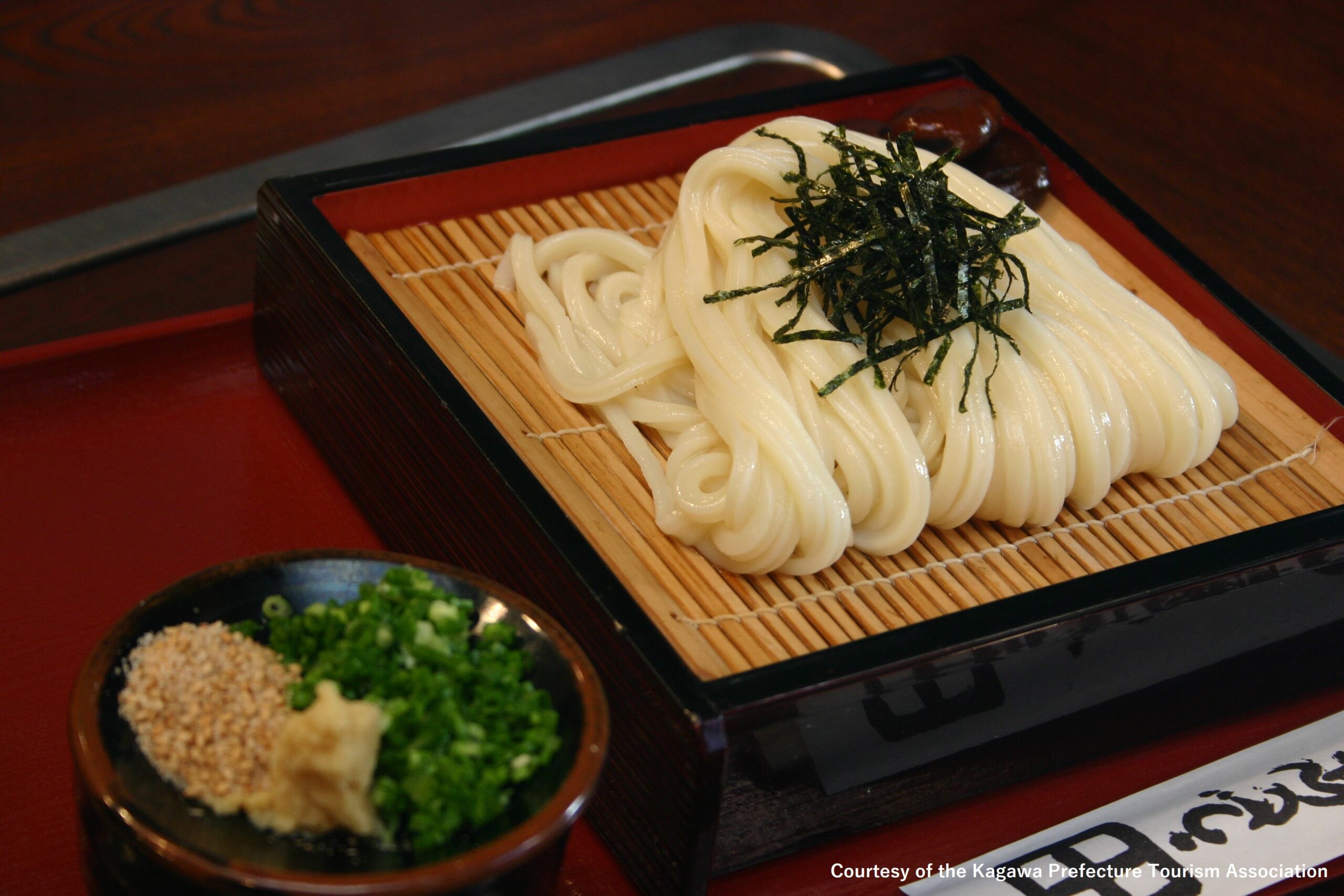
Sanuki udon is said to have originated from Kobo Daishi.
Kobo Daishi was a monk from the Heian period, also known as Kukai.
It is said that the origin of Sanuki udon was when he traveled to Tang China.
Kobo Daishi learned how to cook udon there, and after returning to Japan, passed it on to the people of Kagawa.
Wheat, salt, soy sauce, and sardines (dried sardines) necessary for making udon are produced in the local Kagawa prefecture, and the production volume of udon is 59,643 tons, with Kagawa prefecture ranking first in the country.
If you come to Takamatsu, please try the famous Sanuki udon.
Wasanbon Sugar

Sugar cane grown in Kagawa Prefecture, which is warm and has little rain, produces the finest Sanbon sugar with a unique mellow flavor.
Higashi sweets made from this sanbon sugar are popular as an elegant accompaniment to tea.
Sugar cane is planted in early spring and harvested in December.
Squeezing the raw sugarcane and boiling down the juice yields amber-colored shiroshitato.
This shiroshita sugar is placed in a cotton bag and put through a wooden press on a tray to remove impurities and repeat the process of bringing out the sweetness.
In the old days, this process was done three times, so it is said that it was named “Sanbon sugar” (sugar that uses three trays).
How about taking home a souvenir of Wasanbon sugar that is pleasing to the eye and delicious to eat.
Sanuki Kagari Temari
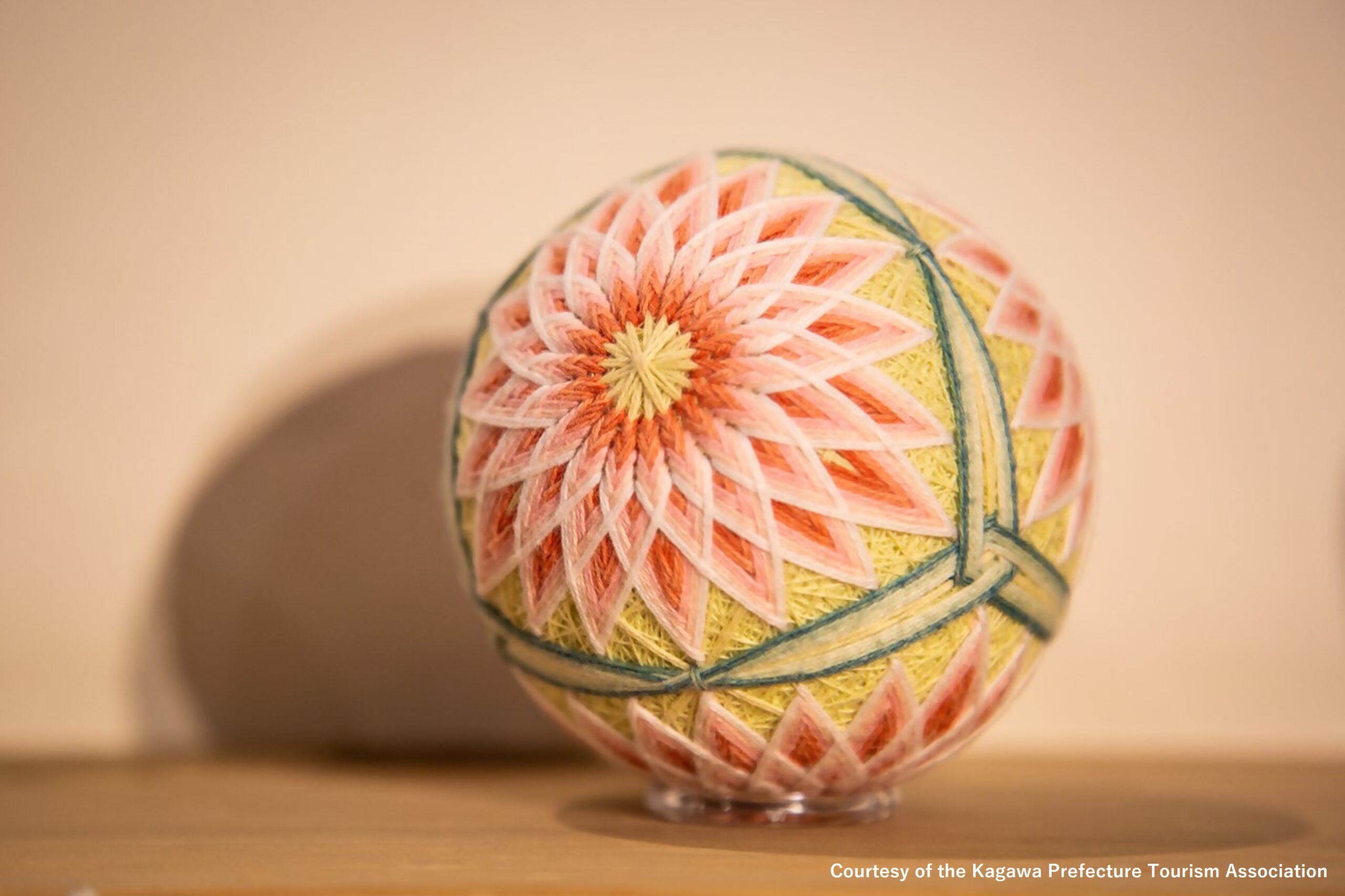
Sanuki Kagari Temari is said to have been introduced from China during the Heian period.
Loved as children’s playthings, beautiful patterns unique to Japan were invented over time.
Kagawa’s Sanuki Kagari Temari is one of the three whites of Sanuki (salt, sugar, cotton), dyed with vegetable dyes, and sewn stitch by stitch to create a gorgeous geometric pattern.
Today, there are also products made with natural incense ingredients.

